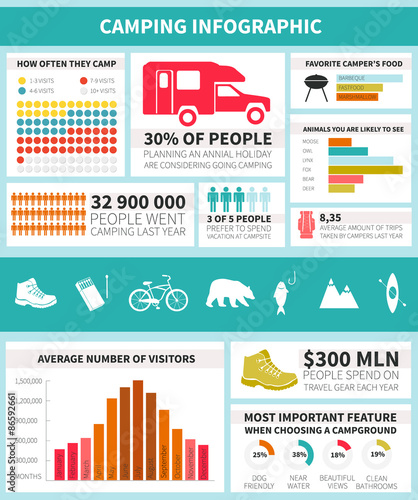Building Trust And Your Online Camping Tents Empire When You Sell Camping Tents
Building Trust And Your Online Camping Tents Empire When You Sell Camping Tents
Blog Article
Taking Photographs of the Night Sky
For astrophotography, the most important factor is finding a location without light pollution. Use apps like PhotoPills, Photographer's Ephemeris and Stellarium to locate dark sites nearby.
One other consideration is the moon phase. Plan your shoots from four days before or after a new moon to avoid a lot of unwanted moonlight in your images.
What is hot tenting?
Camera
Having the right camera gear makes all the difference for night sky photography. It’s important to have a wide-angle lens with a large maximum aperture. Aim for a minimum of f/2.8, although you may want to go higher for greater image quality.
Make sure the lens is set to manual mode and autofocus has been disabled. Using focus peaking, magnify on a bright star (such as Sirius) and move the focus ring until it appears at its smallest and most like a pinpoint. This will give you the sharpest image.
It’s best to shoot in RAW format, giving you more colour data for editing later. It’s also good to shoot at a lower ISO than you think you need, as star colours can be lost when the ISO is increased too high. The weather is another important consideration. Clear nights with low wind are ideal, as well as choosing a time when the moon isn’t full and bright.
Focal Length
When capturing night sky photos, the lens you use is vital. A wide-angle lens will allow you to capture a greater number of stars, while a longer focal length will provide sharp detail and star trails.
Experiment with a variety of lens combinations to see what works best for your photography style. Also consider using a lens with a fast aperture to minimize star trails in long exposure shots.
Light painting can be a powerful tool for adding drama and depth to your night sky images. Be sure to experiment with a variety of techniques, such as using different lighting conditions, varying the duration of the light, and positioning your subject in relation to the background.
Incorporating foreground elements like mountains, trees, or buildings into your composition can help convey the vastness of space and add character to your photographs. Also be sure to check the weather before heading out for your shoot – a clear sky is essential for achieving crisp and clean night skies.
Shutter Speed
The shutter speed is the time that your camera’s sensor is exposed to incoming light. During the day, this is usually a few hundredths of a second but at night you need to make it much longer to get enough light into your camera.
If you open your shutter for too long (say over 15 seconds) the stars will start to trail due to the Earth’s rotation and your photos will look like a blur rather than pin-point stars. It is recommended to use an app such as PhotoPills which will let you input your camera, lens and desired aperture and tell you the optimum shutter speed.
You also want to ensure that your camera can do a mirror lockup so you don’t introduce vibrations to the photo by pressing the shutter. If your camera cannot do this then a remote trigger is essential to avoid any movement from the hand that presses the shutter.
ISO
The ISO setting you use will be dependent on the lighting conditions. Generally, higher ISOs can produce more image noise but can also give you a much brighter shot. It is best to experiment with a few different ISO settings and find what works best for your specific situation.
A sturdy tripod is also essential, as long exposures can cause the camera to move. Using a remote shutter release can help minimize this movement and ensure that your images are sharp and crisp.
In addition to the equipment mentioned above, you will also need a good location with minimal light pollution. Luckily, there are many websites and apps that can help you find the right spot to shoot your star photos. For example, Weather Underground is a great resource for determining the ideal conditions at your location tent stoves and what to expect on the night of your shoot. Apps like Stellarium and SkyView can also help you identify different night sky objects, as well as when they will be visible.
Do tents leak when it rains?
